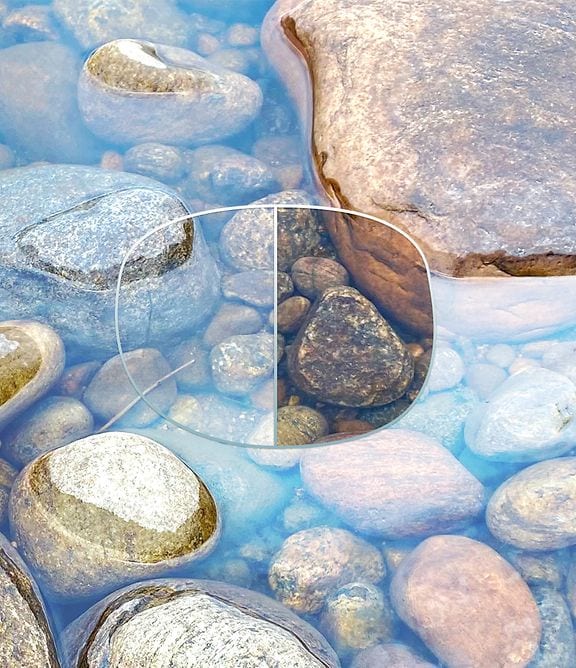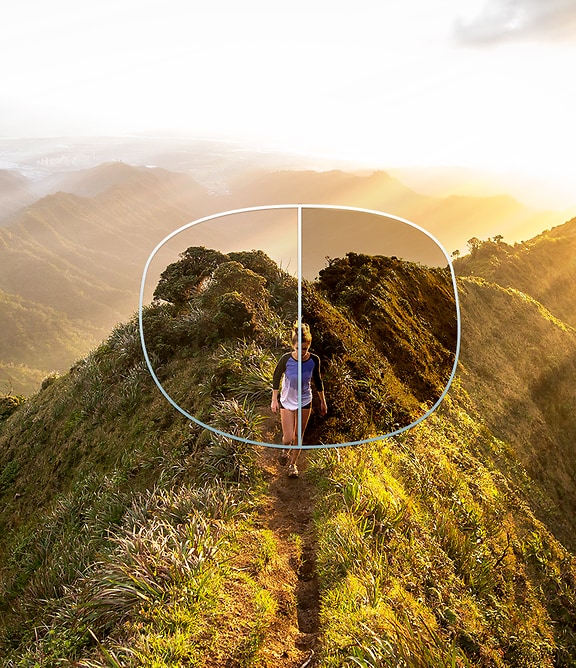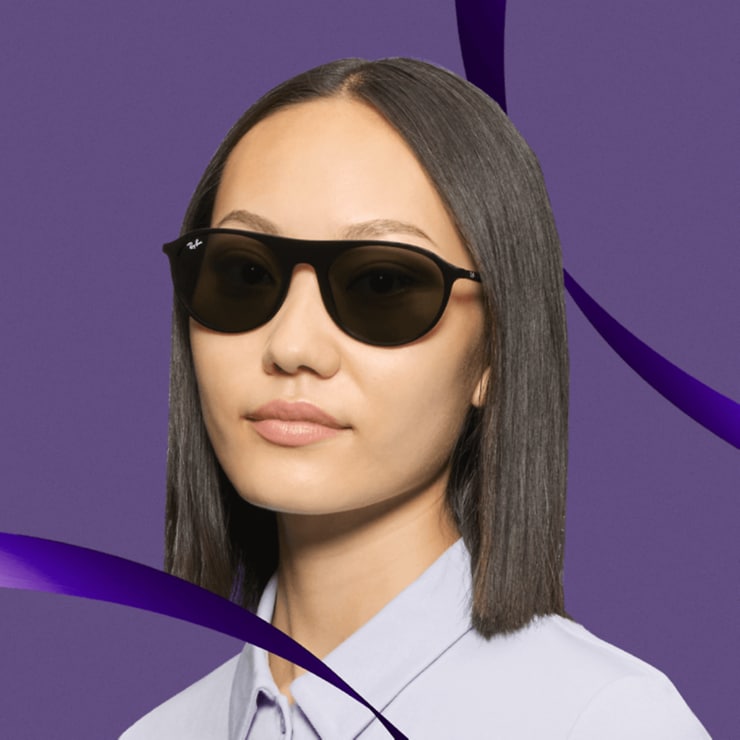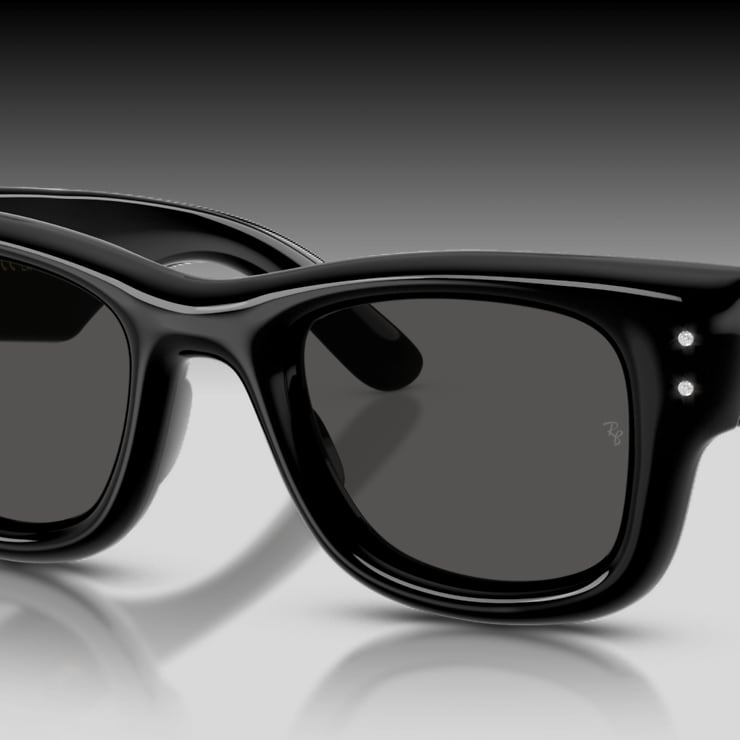Protection from UV damage, for reduced risk of UV-related eye diseases such as cancer, cataracts, macular degeneration, and other issues
Clear vision in bright, sunny conditions and better general visual comfort
Relief for light sensitivity symptoms (squinting, headaches, and eye strain)
When to wear polarized sunglasses

Driving
Reduce glare from the road, making them a comfortable and safe choice when driving – especially long distances in bright conditions.

Water and snow sports
Ideal for clear vision on the water or snow, especially for those who enjoy sailing, fishing, speedboating, snowshoeing or skiing.

Outdoor activities
Designed to provide better visual acuity and comfort in bright conditions. Perfect for biking, hiking, running, and other outdoor activities.
60 Results
If you’re not sure if your sunglasses are polarized, there are a few ways to test them out. Put them on and look at a reflective surface in bright conditions (such as water, glass, or the road). Tilt your head sideways and note whether the quality of the light changes or becomes more intense. If it does, you have polarized sun lenses. You can also slide on your sunglasses and look at an LED or LCD screen. Tilt your head and note whether the display turns black – if it does, you are wearing polarized sunglasses.
Yes, polarized lenses allow your eyes to relax more and provide better vision than normal sunglasses in virtually all cases, especially conditions where glare is present, making them a better option for people who enjoy water and snow sports. There are some exceptions, such as when contra-indicated (e.g. when flying a plane) or when looking at digital screens. When it comes to general, everyday wear, polarized sunglasses improve your visual clarity, contrast, and acuity in bright conditions, perfect for eliminating glare and relieving eye strain.
Dark coloured polarized lenses are good for driving, with brown being the most popular choice. In some instances, it’s normal to notice a rainbow effect on car windshields and LCD screens every now and then.
Yes – we offer polarized sun lenses with a mirrored tint. Explore our range of sunglasses colours and tints.





















